Go Behind the Scenes as RM Sotheby’s Inspects a Pre-Sale McLaren F1
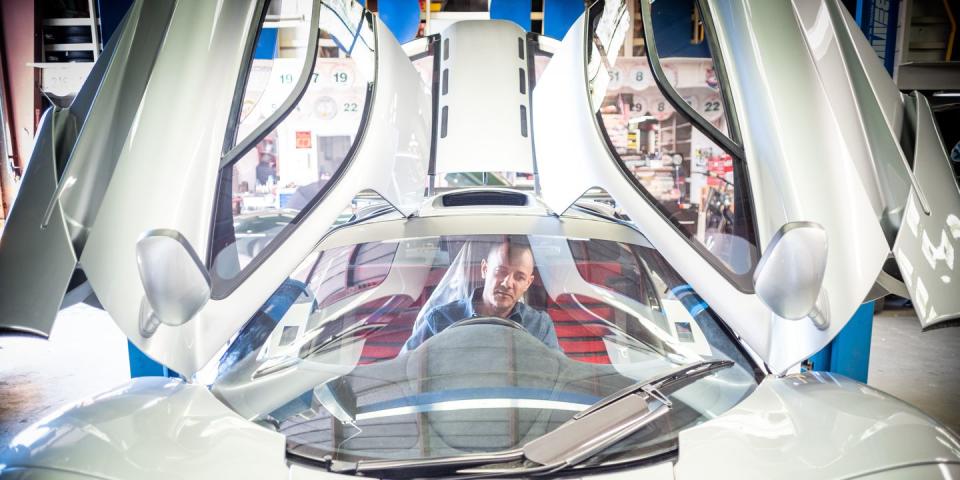
Of all the places to meet your hero, a dusty restoration shop in Seaside, California, is among the unlikeliest. It doesn't get more anachronistic than the sight of a lightly disassembled McLaren F1 in a nondescript warehouse space, akin to stumbling upon a great Hollywood beauty going under the knife at a speakeasy; the back roads of Monterey Car Week are a long way from Woking, England. This 1998 F1 is number 059, which also happens to be the race number of the F1 that won Le Mans, and it's going up for sale in a sealed-bid auction with RM Sotheby's on Saturday, August 20.
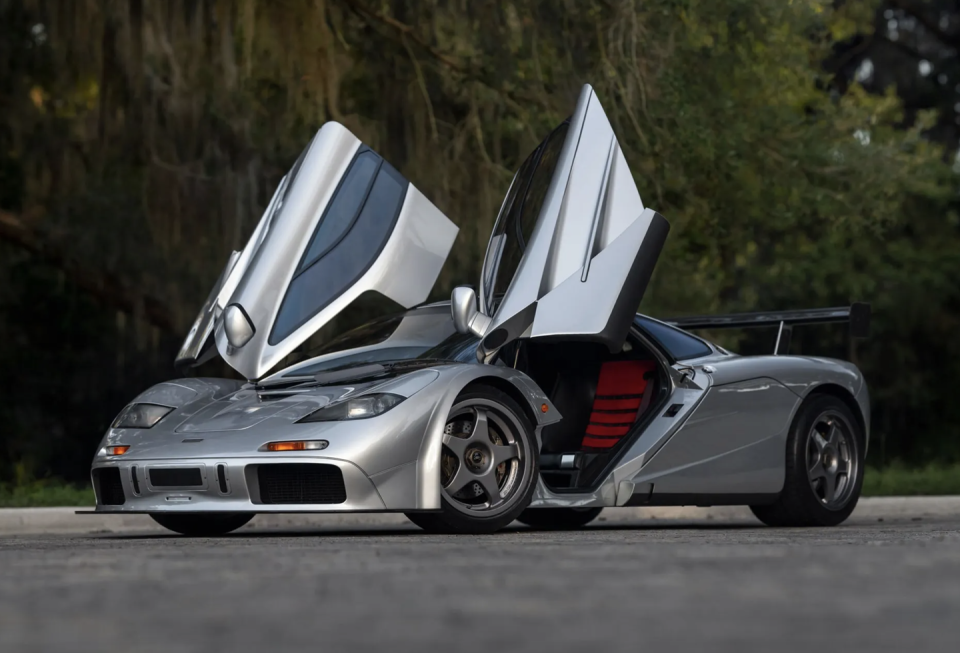
With only 64 roadgoing examples and 106 cars in total, the F1 is, according to many, the supercar to end all supercars. A steady ascension in value has supported that theory, with the last sale (chassis #029) trading hands at Gooding & Company for an auction-record-busting $20.5 million in 2021. That sale was a fresh-to-death, 243-mile specimen still wearing its original Goodyear Eagle F1s and accompanied by a matching TAG Heuer watch—a Platonic ideal for OCD types, agony for those who actually enjoy driving.
The McLaren F1 authority known as Peloton25 (first name: Erik) suggests there was room for more, noting that "Gooding had pointed these super-high-powered blue LEDs at the car for days, and a lot of people were given the impression that its nice brown paint was a sort of purple color." He also says F1s tend to sell more in private transactions than at auction, citing when Lewis Hamilton purchased chassis #044 in 2017 for $15.6 million, while that same year Gordon Murray's F1— admittedly, the one-of-a-kind XP3 prototype— achieved $25 million in a private sale. Also, he adds, George Harrison's F1 traded hands privately last year for a reputedly heavenly sum. "I don't get to see the wire transfer, but I'm told the price for that car exceeded $35 million. It's an unrepeatable auction, sort of like a Steve McQueen premium that doesn't make every other [F1] worth in excess of $35 million. But that's where the market is going," he adds.
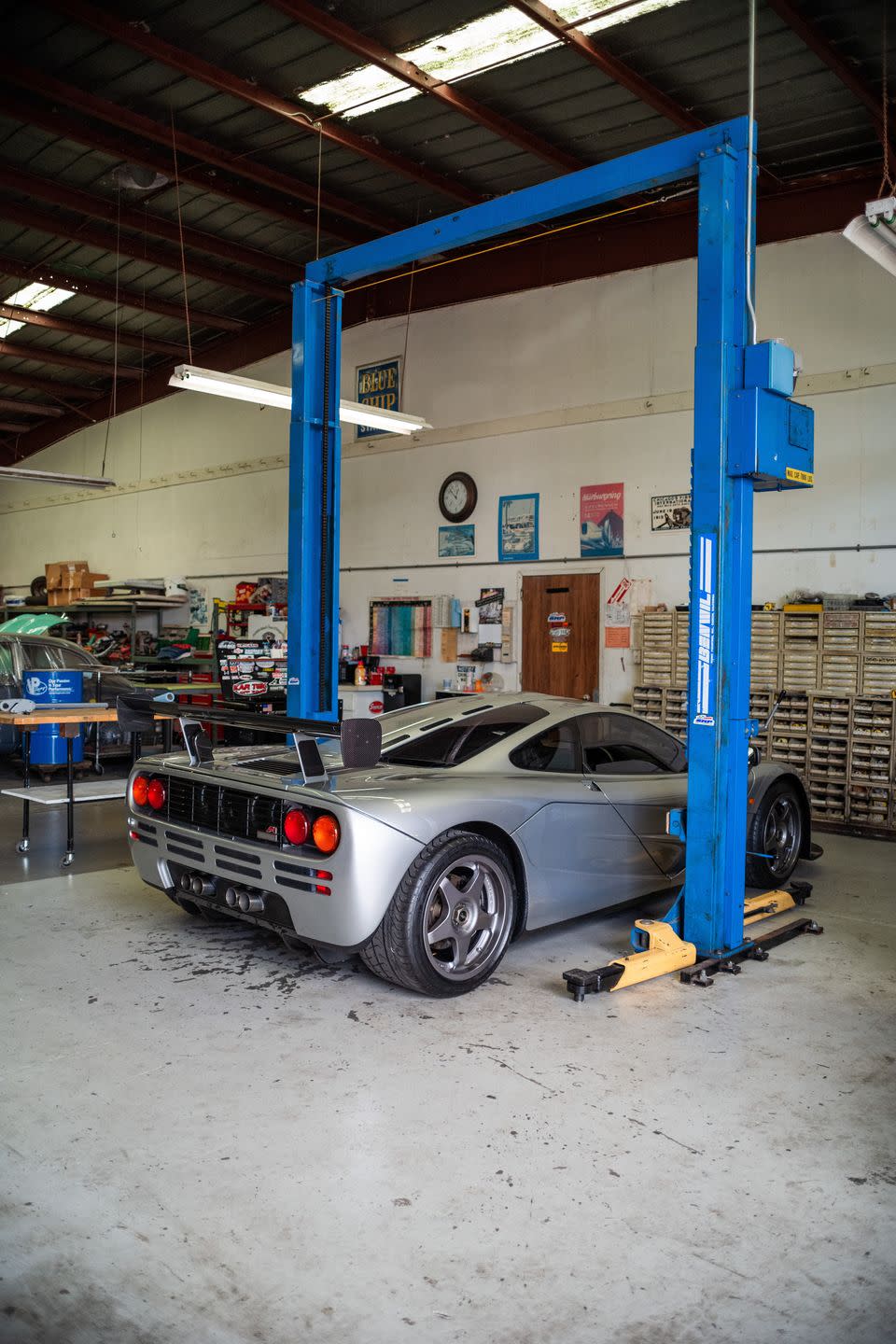
RM's newly implemented sealed bid arrangement brings a bit of mystery to the equation, as the sale amount will be undisclosed when the auction closes on Saturday, August 20, at 4 p.m. PDT. This time around, the F1 in question (chassis #059) has a few more questions than #029's straightforward history, given its sparse recent usage despite having 16,327 miles on the clock. The F1 has accumulated only around 100 miles over 10 years of ownership, some of which were required by the EPA certification process which took place when the vehicle was federalized in Texas in early 2013. Not exactly a reassuring figure for what some consider to be the best driver's car of all time.
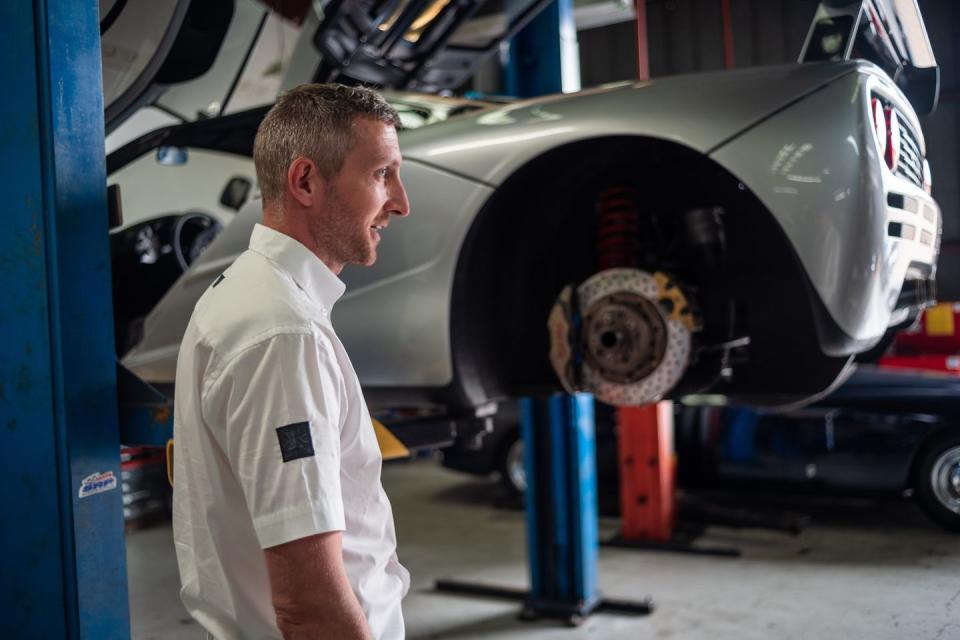
Because one prospective bidder nudged for additional insights beyond McLaren Philadelphia's "topical observations" documented on July 29, 2022, RM Sotheby's decided to fly in a technician from noted F1 specialist Lanzante Limited for closer examination. For this particular investigation, Lanzante senior tech Jonathan Webb brought two checked bags full of gear (squeezed in with a minimal change of clothes) from the U.K. to evaluate #059.
The lanky Brit knows his way around F1s, having pored over numerous roadgoing and race-prepped examples over the years. While his personal tool kit covers most of the essentials (including some F1-specific bits like an adapter to plug in to the car's now archaic OBD system, obviating the notorious Compaq LTE 5280 laptop), he had to borrow bulky items like the massive torque wrench for the center-lock wheel nuts from Beverly Hills McLaren.
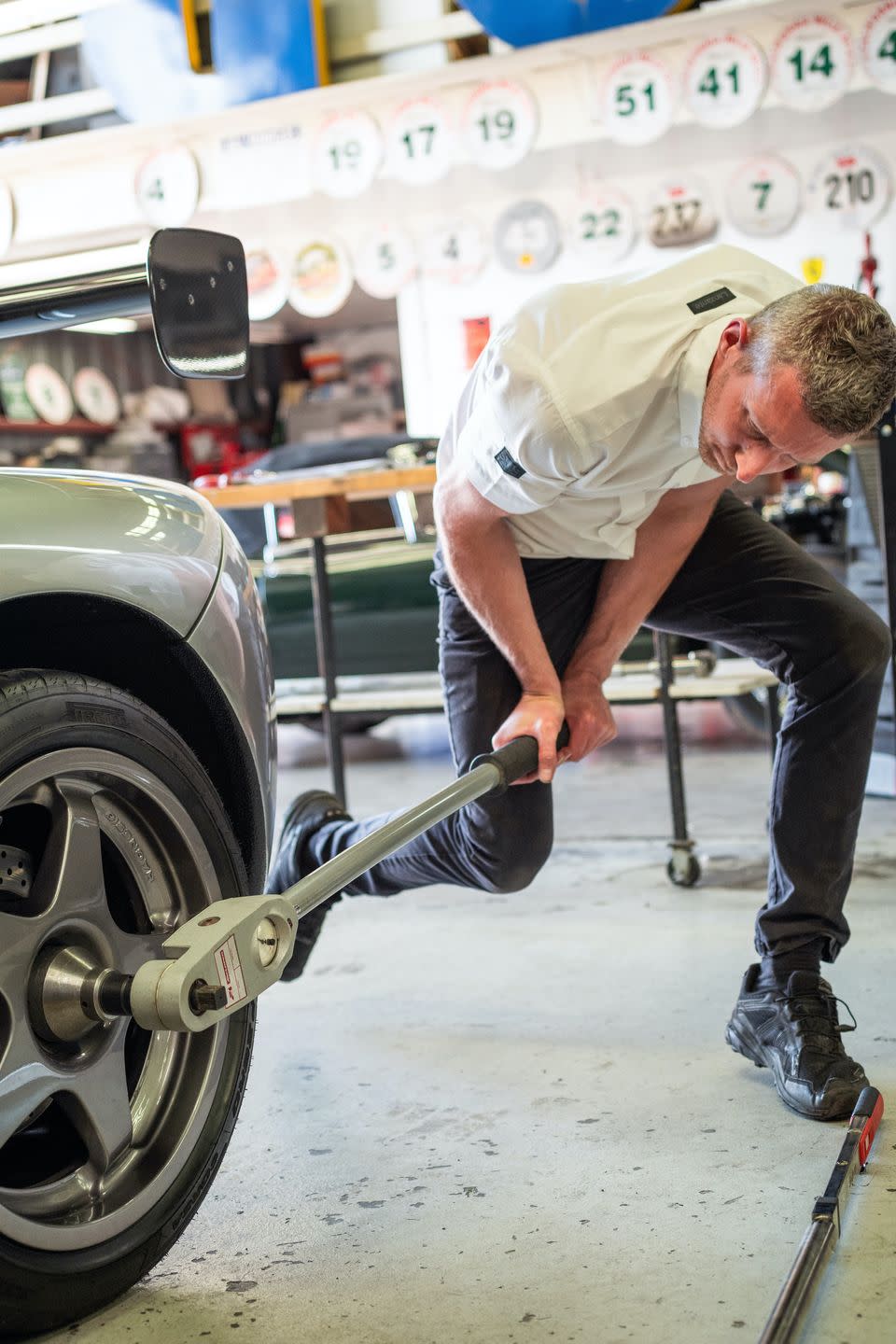
Webb moves efficiently around the eight-figure Magnesium Silver F1, measuring tolerances with calipers, peering through crevices with a flashlight, and hunting down signs of wear, neglect, or irregularity while documenting every nook and cranny with cellphone snapshots. Virtually all needs noted in the 2012 report are still present, among them the 17 areas requiring attention, including suspension dampers in need of restoration, incorrect Pirelli tires (with lower-profile 335-mm rears, not 345s as intended), A/C not blowing cold, and miscellaneous mechanical concerns.

Up on the lift, the F1's underside presents as predictably flat, with a subtle seam between the carbon tub up front and the carbon-fiber tray at the rear that's held in place by 13 steel bolts because titanium would be too soft for repeated torquing. Four small rectangular wooden skid blocks, the same as you'd find beneath Formula 1 and Le Mans racers, offset the otherwise modernist underbelly. A closer look reveals details like tiny circular indentations where the pedal boxes were fixed for the original owner based on personal spec.

 Yahoo Autos
Yahoo Autos 